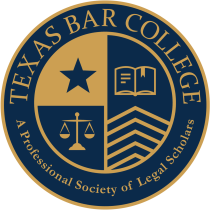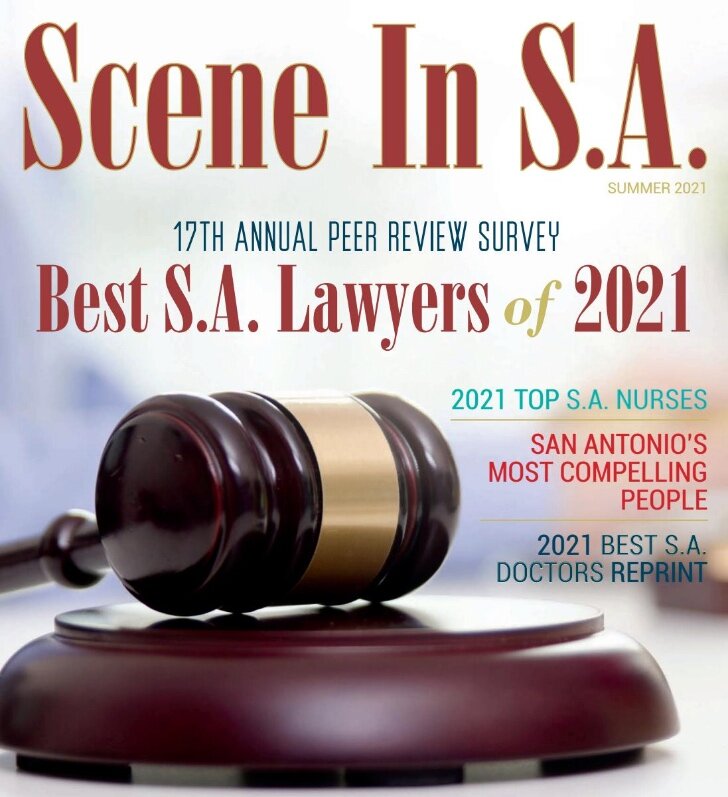As we prepare to celebrate the fiftieth anniversary of the March on Washington and the passage of the Civil Rights Act of 1964, that law has been gutted. This seems to be the growing consensus among academics, employment attorneys and judges. Harvard Law School professor and former federal judge Nancy Gertner writes about the sad state of affairs in this article. Judge Gertner now teaches law at Harvard and was for many years one of the most distinguished federal trial judges in the nation. Gertner writes about a study that was commissioned to review the 2011 and 2012 summary judgment orders in employment discrimination cases in the Northern District of Georgia. Of the 181 cases where the plaintiff had counsel, the Court dismissed 94 percent of them at least in part, and 81 percent in full. Racial hostile work environment claims were dismissed 100 percent of the time.
But don't go thinking that these results from Georgia are an aberration. They aren't. As Judge Gertner points out, "[t]he Georgia results mirror the results nationwide. 60 percent of motions for summary judgment are granted in general, but in employment discrimination cases, the court dismisses from 70 to 95 percent of the cases."
The simple truth of the matter is that federal judges from trial courts to the Supreme Court have interpreted the Civil Rights Act virtually out of existence. This is so across judicial philosophies, across the political spectrum and even across presidential appointments. Gertner writes:
Women, minorities, people over forty and the disabled bring discrimination cases only to lose in overwhelming numbers. So little do the judges think of discrimination claims that they rarely allow them to get to a jury at all. Federal courts have legitimized practices that would have horrified the early supporters of the Act.
This is rapidly leading to a situation in which employees who have suffered discrimination can't even obtain qualified legal counsel to represent them. Fewer and fewer good lawyers will represent plaintiffs in these cases because the odds are stacked against them regardless of the strength of the case.
Unfortunately, if these trends don't change, the protections against discrimination envisioned by those who authored the Civil Rights Act may vanish forever. As the study cited by Judge Gertner points out, even cases with incredibly strong facts are statistically likely to be thrown out by a judicial system that has become hostile to even the most valid of discrimination claims. Take the example case cited by Gertner's article - a racial harassment case in which the plaintiffs alleged that their employer had created a racially hostile environment:
Mr. Whorton used the N-word at manager meetings and went out of his way to use that term despite plaintiffs’ objections. Defendants used the N-word “on virtually every occasion” they were present at the club, and it “was not uncommon” for that term to be directed towards plaintiffs. On one occasion, Mr. Whorton called a staff meeting to address the issue of his use of the N-word. During that meeting, he stated that he was too old to change the way he spoke, and he invited anyone who did not like it to quit. On another occasion, Mr. Whorton stated, “What do your people want? When this was a white club, my customers used ashtrays. Ever since the n—–s have been in the club, the cigarettes have been put out on the floor. The difference between blacks and n—–s is that n—–s put their cigarettes out on the floor.” Plaintiffs allege four additional comments. First, Mr. Whorton once asked an unspecified person or persons whether “days like this [make] you wish you people had stayed in chains?” Another time, Mr. Whorton saw someone wearing a shirt with a monkey on it and asked, “Are the Obama shirts in?” Mrs. Whorton once said she realized she was using the classical form of the N-word when she should have been using the contemporary form. Lastly, Mr. Whorton complained to plaintiff that he could not trust African Americans, and said, “Dwayne . . . look at me! I know you don’t like this – n—–s don’t appreciate s–t.”Here, viewed in the light most favorable to the plaintiffs, the facts simply show that the Whortons are racist, bigoted, and/or offensive people. However, “Title VII is not a civility code, and not all profane or [racist] language or conduct will constitute discrimination in the terms and conditions of employment."
That's right, the court granted summary judgment against the plaintiffs in this case. The court held that this case was not even strong enough to warrant a jury trial.
Surprised by the result? Unfortunately, I am not. Any plaintiff-side employment lawyer can rattle off a long list of strong discrimination cases that the courts have poured them out on. It has become so bad that few new lawyers are willing to join the thinning ranks of plaintiff-side employment lawyers. Sadly, I can't blame them.
I learned of Judge Gertner's article while reading U.S. District Judge Richard Kopf's excellent Hercules and the Umpire blog article "When it comes to employment cases, judges are killing the Civil Rights Act of 1964." He has done a study of his own cases similar to the Georgia study (see here and here). Turns out his own dismissal rate of employment discrimination cases was just as bad as those courts studied in the Georgia study. He writes: “The fact is that the law on summary judgment motions in employment cases favors the granting of summary judgment motions in a high percentage of the cases and, not surprisingly, that is what you see happening in the Northern District of Georgia and with ‘yours truly’ too.”
While I appreciate his candor, I do respectfully differ with Judge Kopf to the extent that he seems to imply that he feels his hands are tied with regard to this issue. The fact of the matter is that the letter of the law does not "favor the granting of summary judgment motions in a high percentage of [these] cases." Quite the opposite. The letter of the law states that summary judgment is a tool to be used sparingly and only to weed out the most meritless of cases. The default is always supposed to favor the resolution of factual disputes by a jury trial.
Unfortunately, many judges have, perhaps subconsciously, adopted a clear bias against victims of discrimination that has worked its way into the very fabric of how the judiciary approaches these cases. It has become the norm. It has become acceptable. But, it isn't in the letter of the law. It just isn't.
If there is a solution, it will have to start in the district courts. Summary judgment motions are primarily in the control of district court judges. Yes, courts of appeal weigh in but they generally support the district courts with regard to summary judgment rulings. Truly, the only way this situation can be remedied is if district court judges take a long hard look at their approach to discrimination cases and realize the degree to which bias has become a normal part of courts' analysis of summary judgment motions. The Supreme Court has never required that the idiotic McDonnell Douglas burden analysis be used in any case. In fact, a strong argument can be made that it violates F.R.C.P. 56 because of its rigidity. The only purpose McDonnell Douglas serves is as a way to make application of a bias appear to be application of a technicality. The lawyers and courts all know it isn't a legitimate test - that's why we don't ask juries to follow it in the few cases that make it to trial.
My modest proposal: dump the hyper-technical, bias-disguising tests. Get back to the basics. The letter of the law is actually quite simple - if there is a question of fact, the case must go to a jury. If there is any evidence that the decision at issue may have been motivated by illegal discriminatory bias then the case should not be summarily dismissed. It should be resolved by a jury trial. It really is just that simple.
As we approach the 50th anniversary of the passage of the Civil Rights Act of 1964, the question before us is whether we will we be celebrating a birthday or a funeral? The answer to that question is now in the hands of the district courts.










